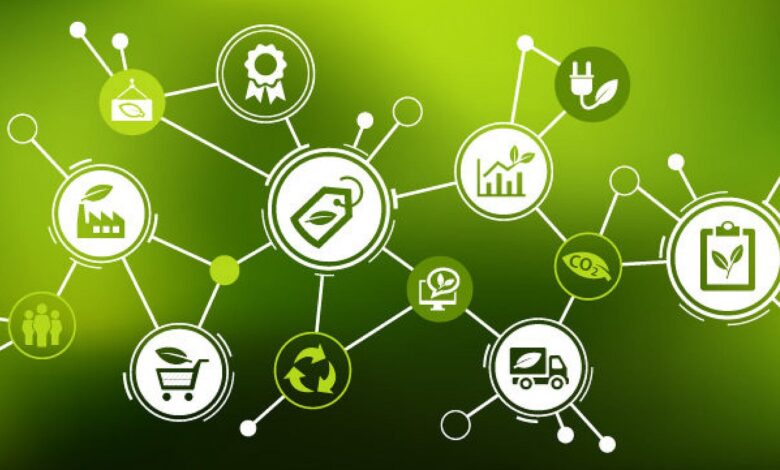How to Build a Greener Supply Chain for Your Business

As environmental concerns continue to grow, businesses are expected to take greater responsibility for reducing their carbon footprint. One way to do so is by building a greener supply chain. By integrating sustainability practices into your supply chain, you can not only reduce your environmental impact but also gain a competitive edge in the market. In this article, we will explore how you can build a greener supply chain for your business.
Understanding the Supply Chain
Before we dive into the steps you can take to build a greener supply chain, it’s important to understand what a supply chain is. A supply chain refers to the network of businesses, individuals, and activities involved in the creation and delivery of a product or service. This includes everything from sourcing raw materials to manufacturing, transportation, and distribution.
Conduct a Sustainability Assessment
The first step in building a greener supply chain is to conduct a sustainability assessment. This involves analyzing your current supply chain to identify areas where you can reduce your environmental impact. Some key areas to consider include:
- Energy consumption
- Water usage
- Waste generation
- Carbon emissions
- Chemical usage
By conducting a sustainability assessment, you can identify areas where you can make improvements and set targets for reducing your environmental impact.
Set Sustainability Targets
Once you have identified areas where you can make improvements, it’s important to set sustainability targets. These targets should be specific, measurable, achievable, relevant, and time-bound. Some examples of sustainability targets include:
- Reducing carbon emissions by 20% within the next 5 years
- Increasing the use of renewable energy sources by 50% within the next 3 years
- Reducing water usage by 30% within the next 2 years
- Achieving zero waste to landfill within the next 5 years
By setting sustainability targets, you can track your progress and ensure that you are making meaningful progress toward reducing your environmental impact.
Source Sustainable Materials
Another key step in building a greener supply chain is to source sustainable materials. This involves working with suppliers who use environmentally-friendly practices in the production of their materials. Some examples of sustainable materials include:
- Recycled materials
- Bio-based materials
- Renewable materials
- FSC-certified wood
By sourcing sustainable materials, you can reduce your environmental impact and demonstrate your commitment to sustainability to your customers.
Implement Green Transportation Practices
Transportation is a major contributor to carbon emissions, so implementing green transportation practices is a key step in building a greener supply chain. Some ways to do this include:
- Using electric or hybrid vehicles
- Consolidating shipments to reduce the number of vehicles on the road
- Using intermodal transportation (e.g. combining truck and rail transport)
- Encouraging suppliers to use green transportation practices
By implementing green transportation practices, you can reduce your carbon emissions and save on transportation costs.
Reduce Packaging Waste
Packaging waste is a major environmental concern, so reducing packaging waste is an important step in building a greener supply chain. Some ways to do this include:
- Using eco-friendly packaging materials (e.g. biodegradable or compostable materials)
- Reducing the amount of packaging used
- Implementing a closed-loop packaging system (e.g. recycling or reusing packaging materials)
- Encouraging suppliers to reduce packaging waste
By reducing packaging waste, you can reduce your environmental impact and save on packaging costs.



